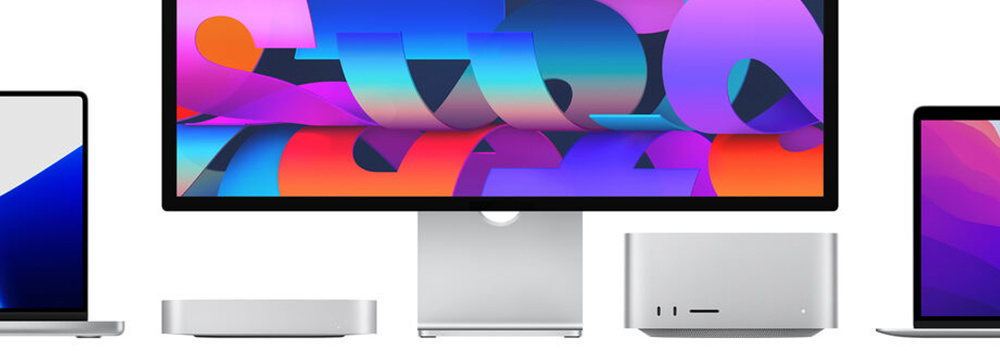[ad_1]
With the release of Apple’s new Studio Display, the new creative standard may be here. Are the specs and price good enough?
It’s no secret that Apple’s Cinema and Thunderbolt displays have been missed. In some cases, they are still a staple across offices and studios. The 2011 Thunderbolt display was never replaced through the 2010s – by Apple or otherwise. By now, brands are refusing to show their product on any other display.
Remember when OS X became the standard for creatives? Connections like Firewire and Thunderbolt were industry standards. Final Cut 7 was a standard, and ProRes still dominates today (sorry, DNxHR).
Whether or not the popularity holds, Apple tech has definitely been a fan favorite of creative industries. Now that their M1 chips are so powerful and so focused on creative work, I think we’ll begin to see more Mac-based industry standards.
Consistency
Production pipelines won’t often use expensive reference monitors all the way through. Whether it’s for photography, graphical, or videography purposes, sometimes, the client approves content on their smartphone, or the editorial team doesn’t work with color-critical monitors.
Having the consistency of Apple displays has really helped. Personally, I’ve been relieved to know that a client is using an iMac to watch my content. At least the iMac I test the footage with won’t look wildly different than the client’s. Let’s face it, ProRes’ gamma problems are more likely to cause a color issue for me.
The gap in the market is getting plugged, as Apple is finally competing in this space again. It has potential for a new industry standard. At the very least, this can only be a good thing for consistency between creatives.
Cost
The Thunderbolt Display cost $999 in 2011. That’s about $1,260 in today’s dollars. Then LG’s Ultrafine 5K display was selling in Apple stores for $1,299. Now, Apple is asking for at least $1,599 for their new Studio Display.
The latest iMac’s screen is basically a shrunken version of the Studio Display, and you can get a whole iMac for $1,299. Maybe this could be a cheaper option with Sidecar (like Target Display mode in the 2010s). Nonetheless, the Studio Display could have a friendlier price.
I think Apple’s Pro XDR Display is priced competitively for professional use. The Studio Display will need to be noticeably better than the competition to become an industry standard. $1,599 is not an everyday person’s monitor.
Nonetheless, if the Studio Display behaves similarly to Apple’s current line of displays (laptop and desktop), it will become part of an industry standard. The M1 hype is real, and I can see these monitors flooding the creative market alongside it.
[ad_2]
Original Source Link